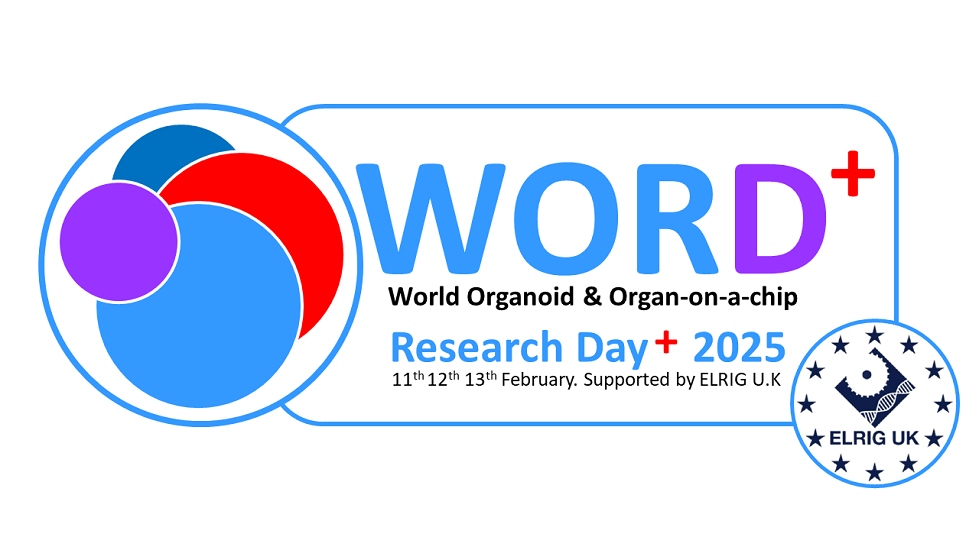Authors
A Bashford1; A Lim2; Z Tong2; P Macha2; O Sirenko2; E Fraser1; V Marsh1; E Robertson1;
1 Molecular Devices Ltd, UK; 2 Molecular Devices LLC, United States
Overview
The use of patient-derived organoids offers a promising solution to the high attrition rate of oncology drugs seen in the later stages of the drug development pipeline and in clinical trials as they are more representative of complex human biology. However, challenges commonly associated with using these organoids, such as assay reproducibility, ability to scale up, and cost have limited their widespread adoption as a primary screening method in drug discovery.
Introduction
To address some of the hurdles associated with the use of patient-derived organoids (PDOs) in large scale screens, a semi-automated bioprocess has been developed for the controlled production of standardized PDOs at scale. Cultured PDOs are uniform in size, show high viability and are produced in large repeatable batches in an assay-ready format. Here, we develop an end-end, automated workflow starting with assay-ready colorectal cancer organoids expanded in our proprietary bioprocess.
Methods
Colorectal cancer organoid seeding in Matrigel was performed with a fully automated workflow integrated by Molecular Devices, comprising liquid handler, plate-loading robot, automated incubator. Organoids were treated with selected anti-cancer compounds 48 hours after seeding and imaged over 6 days with the ImageXpress Micro Confocal in both transmitted light and fluorescence. In Carta® AI image analysis software was used to analyse growth rates and viability of the organoids.
Results
Organoid seeding with the automation work cell resulted in a more homogenous distribution of organoids between wells in comparison to manual seeding.
In Carta AI-based image analysis software provided robust segmentation of label-free images. Untreated organoids increase in size over 6 days in culture. In contrast, organoids treated with Romidepsin and Trametinib show no obvious growth indicating a cytostatic effect. Doxorubicin and Romidepsin show a dose dependent decrease in cell viability.
Conclusion
Our results support the use of PDOs for high-throughput assays such as compound screening. The availability of standardized, assay-ready PDOs provides significant time savings for screens using 3D models.
We show that an Al-based approach is successfully used to generate robust segmentation for the analysis of label-free 3D models such as organoids. The data obtained from monitoring gives mechanistic insights into compound effects on cancer organoids and supports studies on drug efficacy.

